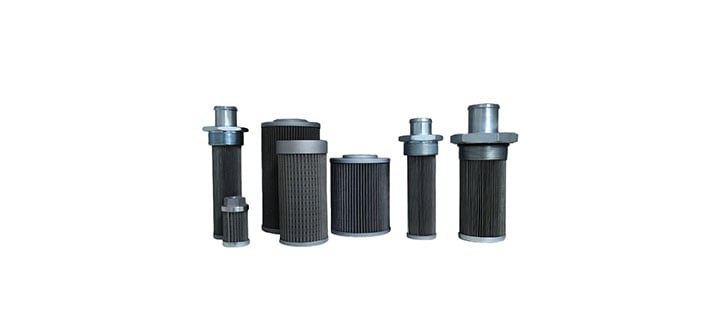Filtration accuracy refers to the pore size of the filter element, usually expressed in microns (μm). It determines the maximum particle size that the filter can allow through and is an important parameter to measure the filter effect. The following is a detailed introduction to the filtration accuracy:
1. Define the essence
(1) Concept interpretation: Filtration accuracy usually refers to the size of the filter or filter material that can intercept the smallest particles during the filtration process.
(2) Unit expression: The filtration accuracy uses microns (μm) as a unit, and 1 micron is equal to 0.001 mm.
2. Measurement standards of the filter element
(1) Nominal filtration degree: nominal filtration degree usually refers to the filtration accuracy labeled by the filter manufacturer, but it is not equivalent to the actual filtration efficiency.
(2) Absolute filtration: Absolute filtration is determined according to the maximum size of the particles passing through the filter, indicating that the filter can 100% intercept particles greater than this size.
3. Conversion control
(1) Mesh and micron conversion: mesh is another way to describe the fineness of the filter, the higher the mesh, the smaller the aperture, and there is a standard conversion table between them.
(2) Conversion table: Through the conversion table can directly find the correspondence between the number of mesh and micron, to facilitate the selection of filters.
4. Accuracy range of the filter element
(1) Common range: The accuracy range of the filter is wide, ranging from a few microns to tens of microns, and different application scenarios require different precision filters.
(2) Ultra-high precision: Some specialized fields, such as semiconductor manufacturing, may require extremely high precision filters whose pore sizes are regulated in the range of 0.1 to 120 microns.
5. Application field of the filter element
(1) Industrial applications: In industry, filtration accuracy is related to product quality and production safety, such as pollution control in hydraulic systems.
(2) Life application: In daily life, the filtration accuracy of household water affects the health and taste of drinking water, and microfiltration technology is usually used to remove large particles of impurities in the water.
6. Technological development of the filter element
(1) Membrane separation technology: With the progress of science and technology, ultrafiltration, nanofiltration, reverse osmosis and other membrane separation technology is widely used, they are suitable for different filtration accuracy needs.
(2) Innovative materials: The development of new materials is also constantly improving the performance of the filter, making the filter more accurate and longer service life.

